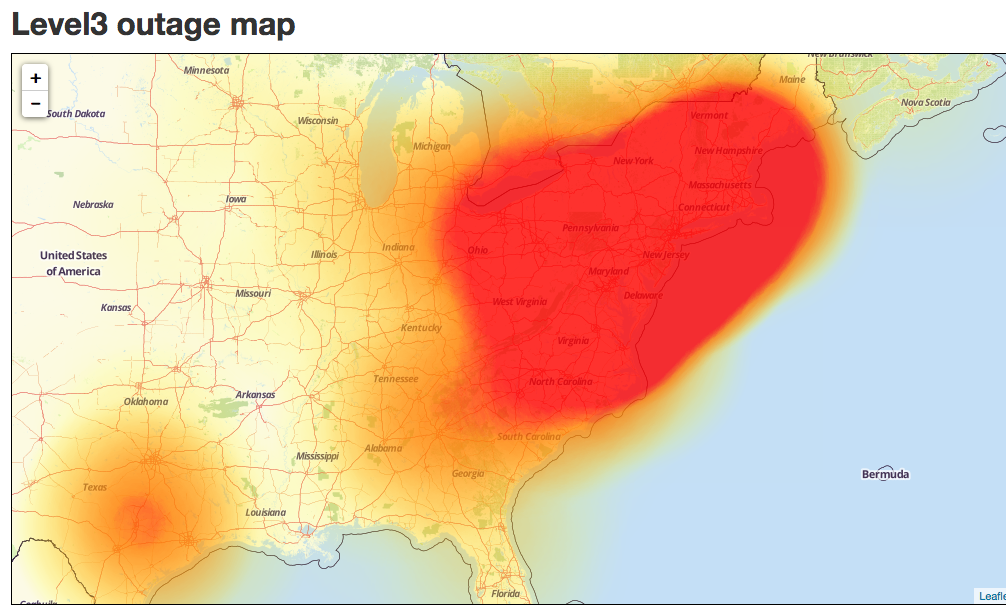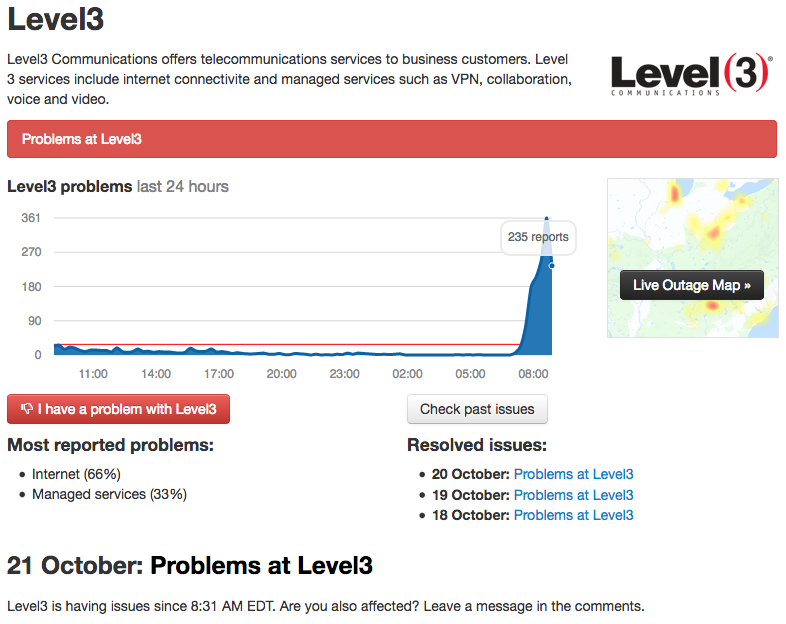Level Up: How a Website Gets to You
We woke up to this post-apocalypse image this morning. It’s our worst nightmare. Your website is down, and there’s nothing we can do about it.

You see, the internet isn’t just a bunch of wires from your local internet service provider (ISP). The bandwidth they provide comes from a larger provider. It’s like your local grocery store. Products don’t just appear there, they’re shipped in from a warehouse. You go to the market and then bring them home.
The same things happen with websites. And just like a delivery truck can get a flat tire and delay the arrival of fresh produce at the market, there can be hiccups in delivering a website to your computer or mobile device.
How does a website get to you?
We’re going to use the grocery store analogy again here.
Step #1 – The warehouse
A website is hosted on a physical piece of hardware called a server, which is housed in a data warehouse with hundreds or thousands of other servers. The server stores all of the text, images and whatever else you see on your website.
There are many data warehouses throughout the country with the majority being in Dallas, the DC area or Chicago. The website your server is on is only located in one of these locations. The majority of sites we host are location in Virginia.
Step #2 – The highway
Just like groceries are hauled on trucks from the warehouse to your local market, your website is delivered from the data warehouse via fiber to your local Internet Service Provider (ISP). Like actual highways that are run by the federal government, internet highways are run by large organizations.
Step #3 – The local roads
Finally, you go to the market. You pick up a bag of avocados because you’re in the mood for some guacamole and bring them home, just like your local ISP delivers a website (like facebook.com or yourwebsite.com) to whatever device you requested it from (phone, laptop, X-Box, etc).
Breakdowns
There can be a breakdown at any point from the warehouse to your home. When this happens the website you requested may not show up and the avocado shelf may be empty in the store.
Sometimes these breakdowns are malicious hacks and sometimes it’s equipment failure. If the later happens, chances are you won’t notice a thing because every provider has built in redundancies. But if the attack is malicious, human intervention is often needed and that can take time.
This morning, Level 3 (highway level) reported an outage that affected almost the entire east cost. Early guesses are that this was a malicious DoS attack at the top of the distribution chain. This resulted in your website getting “stuck in traffic” and not reaching the offramp to your local ISP and ultimately your device.

We have tools to monitor outages and recommend you follow us on Twitter for the latest updates.
